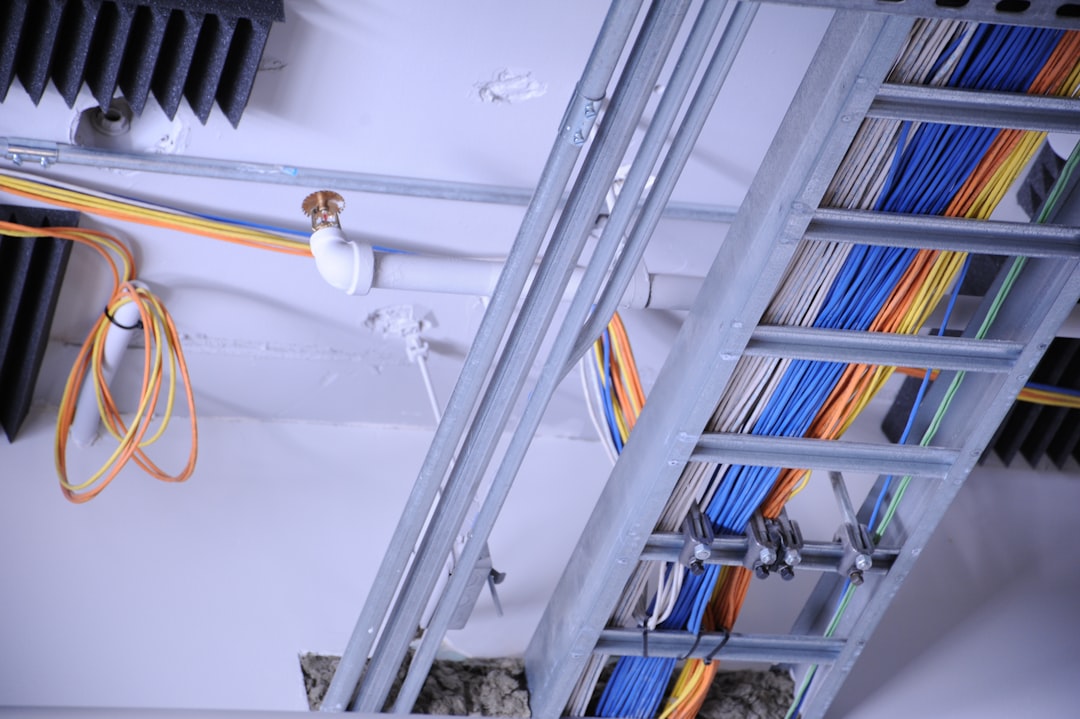In industries where equipment endures significant shock and vibration, the reliability of connections is paramount. A failure in a connection can lead to catastrophic consequences, from equipment malfunction to safety hazards. This is where shock-resistant connection systems step in, providing robust and dependable solutions for even the most demanding environments.
Understanding the Challenges of Shock and Vibration
Shock and vibration represent significant threats to the integrity of connections. Sudden impacts, like those experienced during drops or collisions, generate high-energy forces that can easily damage conventional connectors. Similarly, continuous vibrations, common in machinery and transportation, can lead to fatigue failure over time, causing connections to loosen or break. These forces can manifest as tensile stress (pulling forces), compressive stress (pushing forces), shear stress (sliding forces), and bending stress, all of which can compromise the connection’s structural integrity. The magnitude and frequency of these forces determine the severity of the challenge, demanding specialized connection systems for optimal performance.
Design Principles for Shock-Resistant Connections
Designing effective shock-resistant connection systems involves several key principles. Firstly, **material selection** is crucial. Materials with high tensile strength, yield strength, and fatigue resistance, such as high-strength steels, titanium alloys, and certain advanced polymers, are preferred. Secondly, **geometric design** plays a vital role. Features like interlocking designs, increased surface area contact, and the use of compliant elements (materials that absorb energy) can significantly enhance shock absorption. Thirdly, **damping mechanisms** are often incorporated. These mechanisms, which can include elastomeric dampers or specially designed interfaces, dissipate energy from shock and vibration, minimizing the transmission of forces to the connection. Finally, **redundancy** is a critical design consideration. Employing multiple connection points or using backup systems ensures that even if one connection fails, the overall integrity of the system is maintained.
Common Technologies in Shock-Resistant Connection Systems
A variety of technologies are employed to create shock-resistant connections. These include:
- Bayonet couplings: These quick-connect systems utilize interlocking lugs for secure engagement, offering good resistance to vibration but potentially less resilience to high-impact shock.
- Threaded connections with locking mechanisms: Traditional threaded connections can be enhanced with locking nuts, lock washers, or thread adhesives to prevent loosening due to vibration. High-strength materials are crucial here.
- Hydraulic and pneumatic connectors: These systems often incorporate specialized seals and clamping mechanisms to maintain a leak-proof connection under pressure and vibration.
- Spring-loaded connectors: These designs use springs to maintain constant pressure on the connection, compensating for minor movements and vibrations.
- Positive locking mechanisms: These systems utilize pins, latches, or other features to ensure a secure and unambiguous connection, preventing accidental disengagement.
Applications of Shock-Resistant Connection Systems
The need for robust connections extends across numerous industries. Shock-resistant connection systems are vital in:
- Aerospace:** Aircraft and spacecraft experience extreme vibrations and shocks during launch and flight, necessitating incredibly reliable connections for critical systems.
- Automotive:** Vehicles encounter various shocks and vibrations from road conditions, requiring secure connections for components like engines, transmissions, and suspension systems.
- Military:** Military equipment often operates in harsh environments, demanding connections that can withstand extreme impacts and vibrations.
- Industrial machinery:** Heavy machinery experiences significant vibrations during operation, making reliable connections essential for safety and performance.
- Robotics:** Robots, particularly those in industrial settings, must withstand impacts and vibrations, requiring robust connections between their components.
Material Considerations for Enhanced Durability
The choice of materials significantly impacts the shock resistance of a connection system. High-strength alloys like stainless steel, titanium, and Inconel offer exceptional strength and corrosion resistance. However, their cost can be a factor. Advanced polymers, such as PEEK (polyetheretherketone) and ULTEM (polyetherimide), provide excellent strength-to-weight ratios and good resistance to chemicals and wear, making them suitable for specific applications. The selection process considers factors like the required strength, stiffness, weight, operating temperature, and the chemical environment. Often, a hybrid approach, combining different materials to leverage their respective strengths, is employed to optimize performance and cost.
In conclusion, the development and implementation of effective shock-resistant connection systems are crucial for ensuring the reliability and safety of equipment in diverse and demanding environments. Continuous advancements in materials science and engineering are pushing the boundaries of what’s possible, leading to ever more robust and dependable connections for future technologies.
Tags: shock resistant connectors, vibration damping, connection systems, industrial connectors, aerospace connectors




